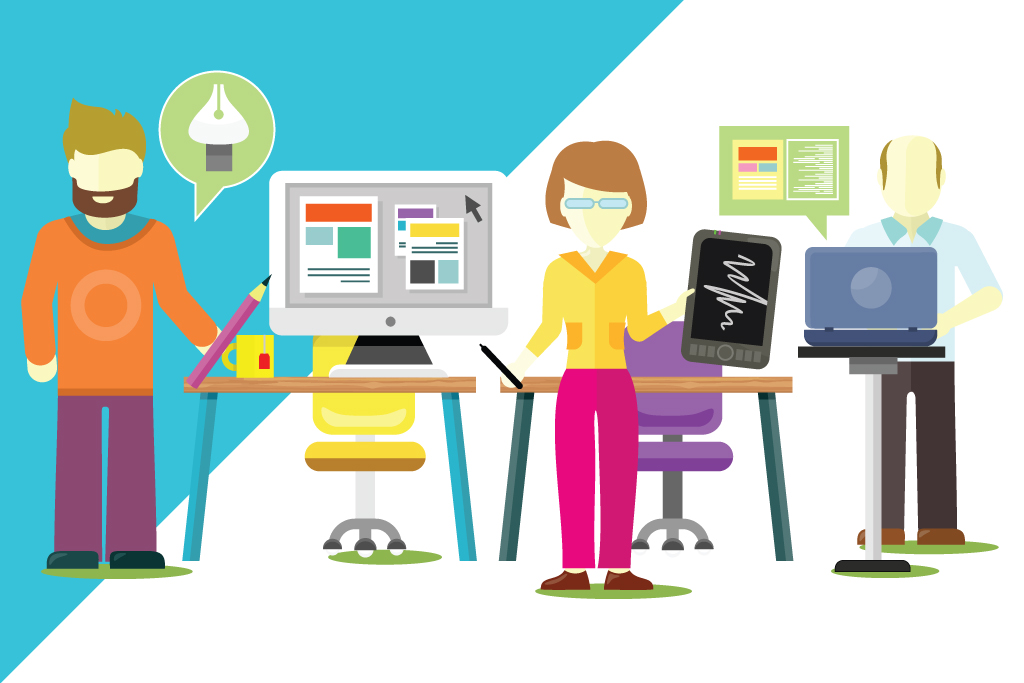- Many company logos include subtle references to their origins and history.
- Clever logos use hidden symbolism and emotional colors to define the brand.
- Some logos have kept the same symbolism throughout many iterations.
Ever wondered how your favorite companies got their logos? Clever logo designers spend days or even months on the design. The best logos stick out in people’s memories, yet communicate the personality of the company and what it offers its customers. Sometimes, there are hidden symbols that express a brand’s history and values. Let’s take a look at eight memorable logos with secret messages.
Toblerone

We all associate Switzerland with its glorious mountains, so it makes sense that Toberlone’s logo features a mountain. This famous treat is made in Switzerland. Moreover, Toberlone is made in Bern, whose coat of arms features a bear. If you look closely at the mountain in the Toblerone logo, you can see the outline of a bear.
Cisco
This telecom company features a simple wordmark with nine vertical lines of varying lengths above it. At first glance, the lines seem to represent radio waves, energy levels, or some other symbol of the technology that the company offers. However, the founders say that the lines mirror the structure of the Golden Gate Bridge of San Francisco, where they registered the company.
FedEx
The FedEx logo features a bold font with contrasting colors to indicate its standout service. However, there’s hidden symbolism in the type: the FedEx font is run together so that an arrow appears between the “E” and the “X.” This symbolizes the speed and efficiency of FedEx’s service.
This social media platform allows users to “pin” images as though they’re building a digital bulletin board or pinboard. The unique shape of the “P” in the logo is modeled after a pushpin, in keeping with the pinboard metaphor.
Amazon
The curved arrow beneath the wordmark extends from the A to the Z, indicating the large range of products Amazon sells. It also resembles a smile to express the happiness that its customers experience.
Baskin Robbins
Ice cream is fun, and Baskin Robbin’s colorful logo celebrates that. However, there’s also a bit of company history in the logo. The ice cream shop was originally called 31 Flavors, and if you look closely at the “BR” in the logo, you can see that the pink portion of the letters makes up the numerals “31.”
LG Electronics
LG’s logo features a shiny red button with a winking face. If you look closely, you can see that the shape of the face is actually a “G,” and the nose is an “L.” The overall composition of the logo resembles a power button, symbolizing the types of products that LG makes.
Goodwill
Goodwill rebranded a few years ago, and its new logo expresses the career development opportunities that the organization provides. The logo includes half of a smiling face that resembles a “g.” The face logo also appears in the “Goodwill” wordmark.
Wrapping Up

Logos have a big impact on our lives. When we look at them, we immediately recall our experience with a company and the values they represent. Logos that don’t align with a brand’s personality just aren’t as effective! That’s why this “hidden” symbolism is so important: it’s not actually hidden. It’s communicating to us that we should support the brand. And once you see the secret message, it’s hard to un-see it!





























